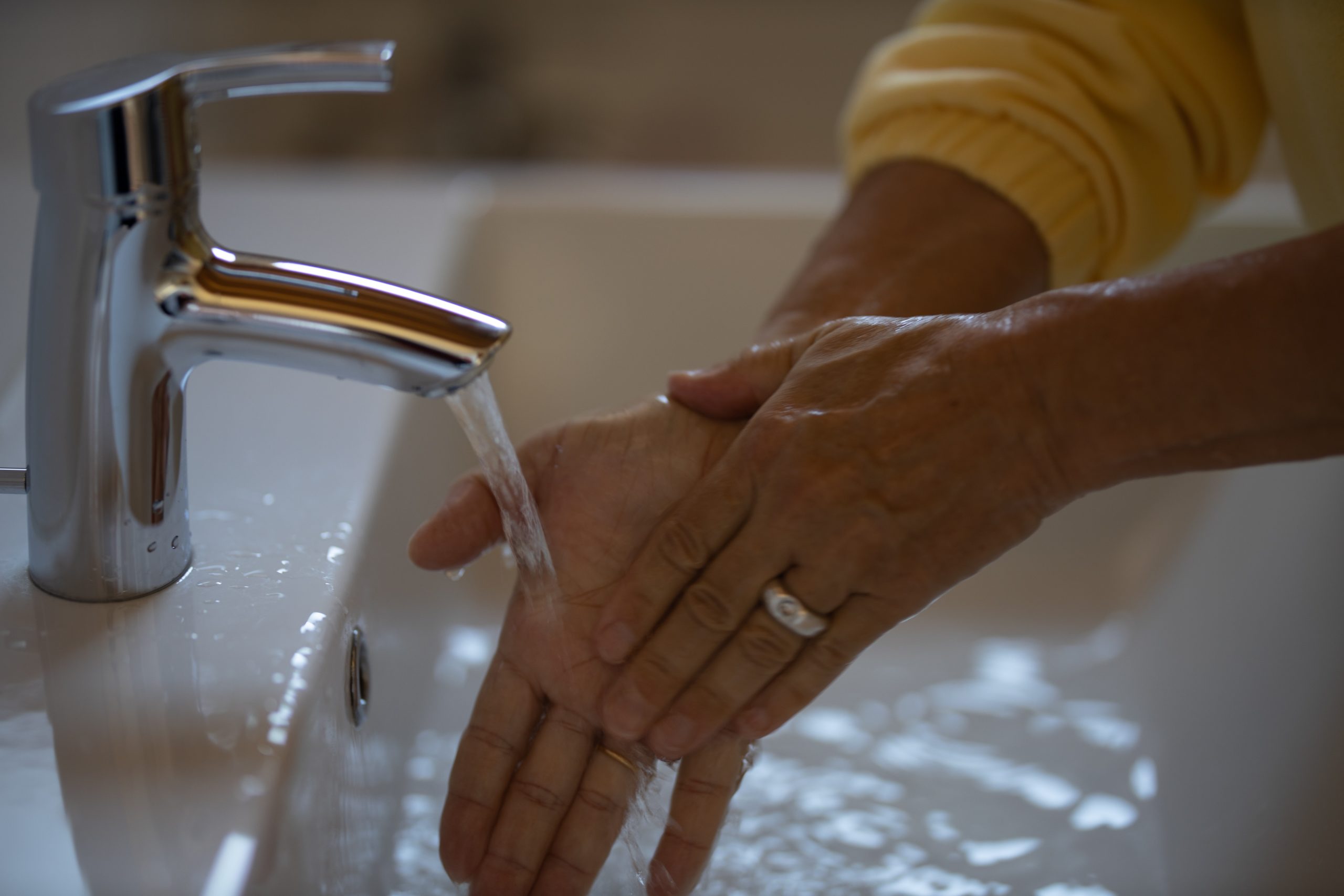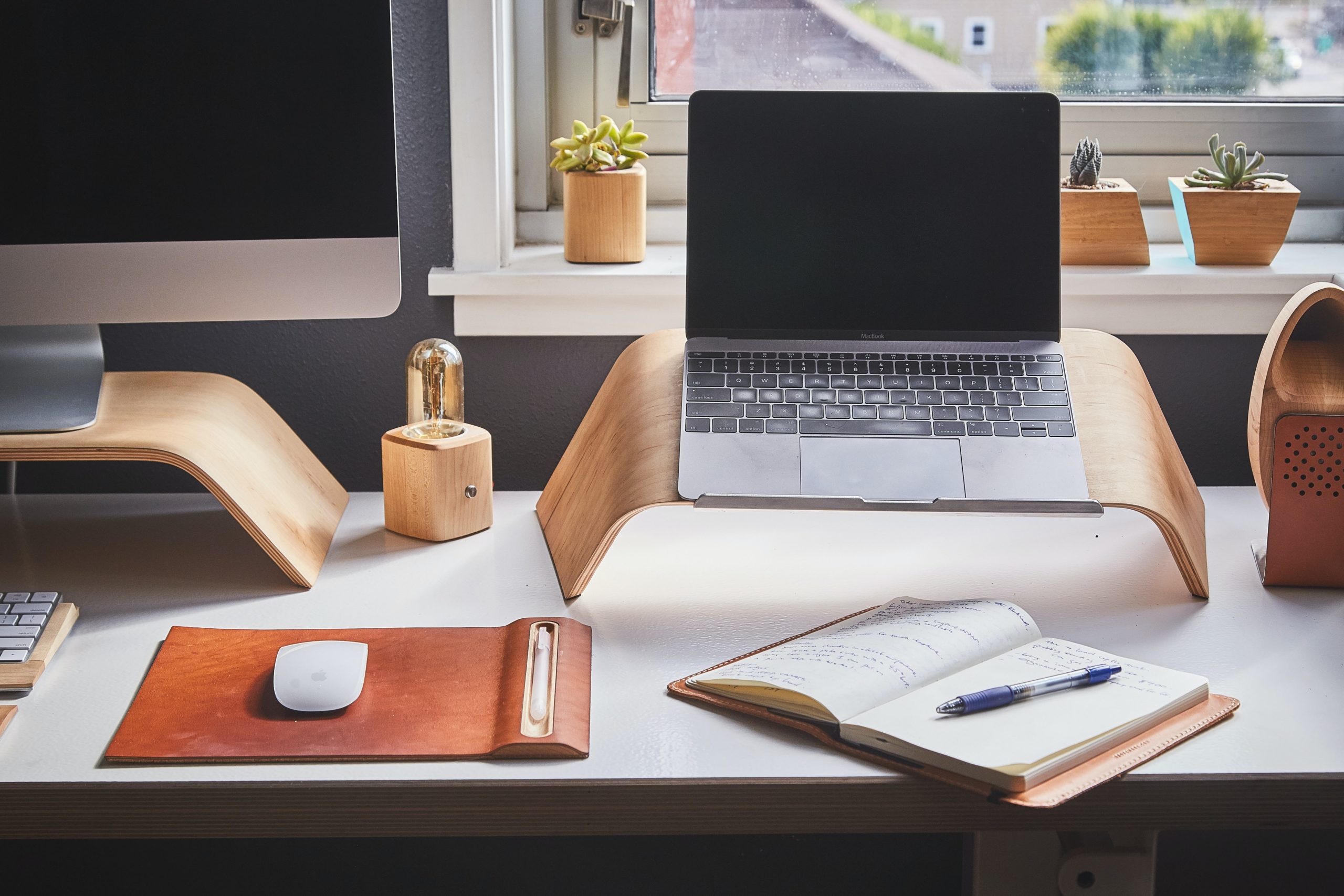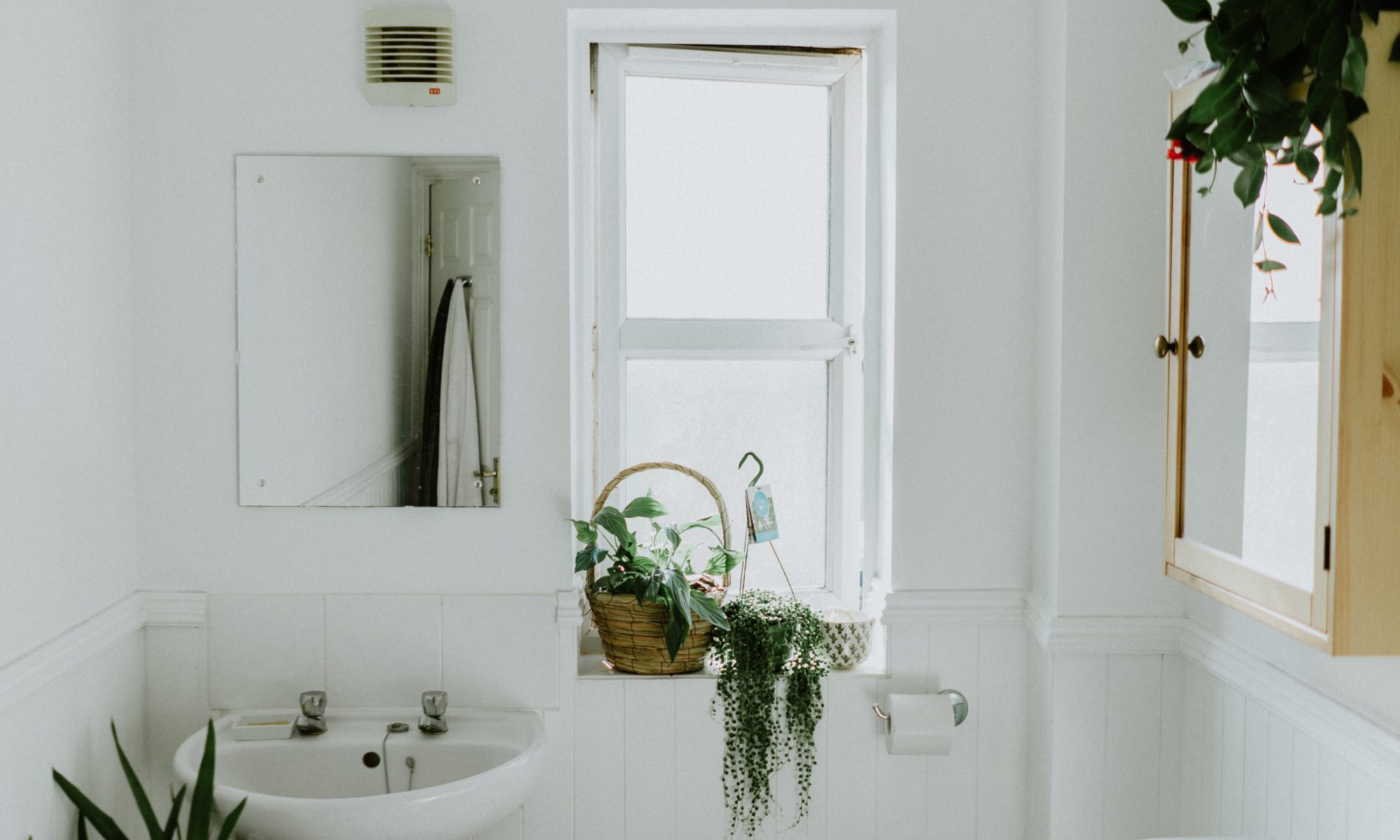If you want to know how the coronavirus pandemic has impacted home design, take a seat. Since panic over possible toilet paper shortages erupted in March, sales of bidet attachments have skyrocketed — increasing more than 300 percent at San Francisco-based Brondell, the Los Angeles Times reported. And home experts foresee built-in bidets becoming an increasingly popular item even after the crisis has passed. What other design trends are likely to emerge in a post-pandemic world? Here are five that homeowners can expect.
Copper

What’s old is new again. Humans have been harnessing this metal for more than 10,000 years — and since the Victoria era, it has been recognized for its antimicrobial qualities. In other words, it kills germs and viruses. Considering the coronavirus can survive for days on plastic and other surfaces, designers expect copper and its alloys, bronze and brass, to be sought-after for everything from fixtures and doorknobs to pots and cups.
Autonomous energy and water

If you can’t live off the grid, why not at least have your own mini-grid? There’s nothing like a global shutdown to remind us all how reliant we are on supply chains that are out of our control. So expect homeowners to protect themselves against future disasters by pursuing their own water and heat sources — whether by drilling water wells or turning to geothermal and solar technology, accelerating a societal shift toward alternative power that is also self-sufficient.
Purification systems

With a renewed focus on cleanliness, some owners will want more protection than a stash of disinfecting wipes in every room. For them, future smart homes will purify the air inside the home as well as filter the air that arrives from outside. And although using ultraviolet radiation as a disinfectant is currently not recommended, at some point the technology will be developed to manufacture UV lamps and lighting that can safely sanitize as well as illuminate.
No-touch faucets

Along with being constructed from antimicrobial materials, look for new faucets to use touch-free technology. That way, when you are done washing your hands, you won’t have to worry about who else has turned the tap.
Home offices

Although working remotely has been technically possible for years, companies have mostly resisted the idea of having their employees telecommute. Now that the shutdown has forced them to adapt — and demonstrated the ease of using video conference calls, emails, and texting, among other tools — it’s likely remote work will continue to be the new normal for many people even after the pandemic has ended. And that will make having a proper home office — not just the living room sofa and the coffee table — a necessity.
